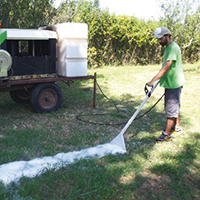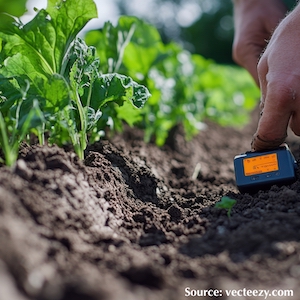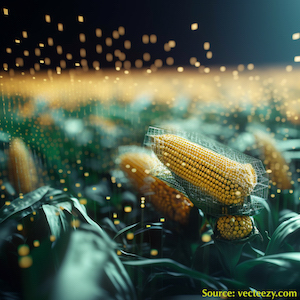Hot foam and hot water for weed control: A comparison

All claims expressed in this article are solely those of the authors and do not necessarily represent those of their affiliated organizations, or those of the publisher, the editors and the reviewers. Any product that may be evaluated in this article or claim that may be made by its manufacturer is not guaranteed or endorsed by the publisher.
Accepted: 29 June 2021
Authors
Thermal weed control plays an important role in managing weeds in synthetic herbicide-free systems, particularly in organic agriculture and in urban areas where synthetic herbicides are prohibited. This study compares the impact on weed control of increased doses of hot water and hot foam (i.e. 0, 0.67, 1.67, 3.33, 5.00, 6.67 and 8.33 kg m–2). The doses were applied using the same machine. The temperatures, weed control effectiveness, weed regrowth after the death of the aboveground vegetative weed tissues, and weed dry biomass 30 days after the treatments were studied in two experimental fields with a different weed composition (i.e. Site I and Site II). The results showed that difficult weeds to control, such as Cynodon dactylon (L.) Pers., Digitaria sanguinalis (L.) Scop. and Taraxacum officinale Weber, like all the other species in the initial weed populations in the two experiments, died after lower doses of hot foam compared to hot water. Adding foam to hot water made it possible to lower the required dose of water by at least 2.5-fold compared to hot water used alone. By insulating the weeds, the foam led to higher peak temperatures and slower temperature decay, thus determining an effective weed control with lower doses compared to hot water. Starting from 11 days and 16 days after treatments (for Site I and Site II, respectively), there were no statistically significant differences in weed regrowth between hot foam and hot water at all the doses applied. There were no differences between the dry biomass of weeds collected 30 days after treatments when the same doses of hot foam and hot water were used.
How to Cite

This work is licensed under a Creative Commons Attribution-NonCommercial 4.0 International License.









